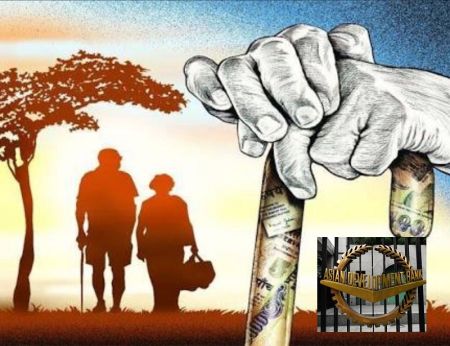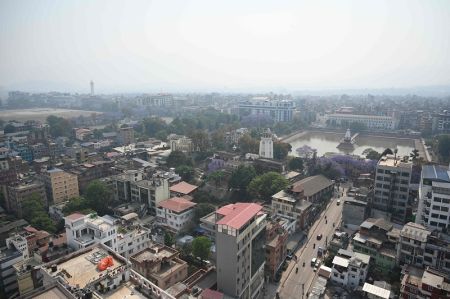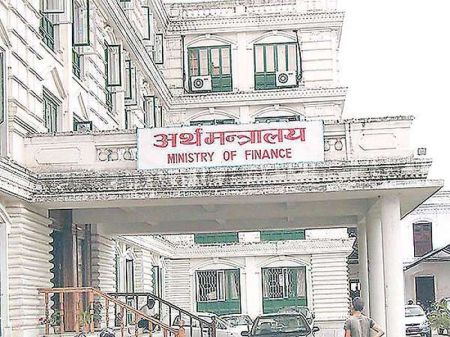Tourism Next
.jpg) Tourism has the potential to be the mainstay of Nepali economy for its wide assortment of culture, heritage and natural beauty among others. We are at the moment targeting 1 million tourists but Nepal too holds potential of bringing more than that. There are smaller countries than Nepal in Europe as well as Asia that are bringing millions of tourists every year. And tourism is the base of their economy.
Tourism has the potential to be the mainstay of Nepali economy for its wide assortment of culture, heritage and natural beauty among others. We are at the moment targeting 1 million tourists but Nepal too holds potential of bringing more than that. There are smaller countries than Nepal in Europe as well as Asia that are bringing millions of tourists every year. And tourism is the base of their economy. It is a good symptom that the government targets 5 per cent of GDP from tourism sector. However, just announcing a target is not enough. There must be products, packages and right promotion in the targeted markets to lure tourists. Despite huge potentials, Nepal has been failing to rightly package the products and severely lacks promotional campaigns. Even during the Nepal Tourism Year 2011, the promotion was too late and too little.
There are new big emerging economies right next to Nepal and with the emergence of new wealth, people tend to travel and spend on holidays giving a boost to the tourism industry in destination countries. Nepal needs to cash these opportunities. Nepal is a next door tourist destination to both India and China and has many things that can attract tourists from there. Only thing that we need now is the promotion and roadmap to bring tourist to Nepal and pave way to declare it a tourist economy.
- Binita Bhusal, Pokhara
Tourism: Panacea for Nepali Economic Development
The cover story published on Newbiz November issue unequivocally makes clear that tourism can be the panacea for Nepali Economic Development. But with those prospects, there are challenges too, and the heading of the story “Nepal’s Tourism History: Challenges and Prospects”.
It highlights the initiative of revisiting Nepal’s Tourism industry as taken by New Business Age and lists out the core views that emerged from the recently concluded one-day long exercise involving the best brains in the field.
In terms of the overall assessment of the cover story, there would be no two opinions about it. It does not leave out anything at all. The intent, the content, the context, the actors, and all the relevant factors are brought out in a perfect and logical sequence, keeping the reader’s interest intact throughout. A terrific read indeed, specially the small cases and snapshots that were provided for a comparative study and analysis!
- Roshee Lamichhane, Manager (Business Development), CG Group, Kathmandu
Common Policy
Nepal’s political parties should have a common foreign policy so that they can sign new treaty and amend the existing treaties. Similarly, investment in higher education must be diverted towards technical education.
- Pravin, Via email
Target 7% Growth
Nepal can achieve seven per cent or even higher economic growth just like our two economic giant neighbours, India and China. Beside the major sectors you have indicated on your Debate of the Month column of New Business Age, I think Government of Nepal should also develop friendly policies for expansion of real estate sector. We can see that various developed countries have very developed real estate sector from where investors can get a very good return and it has ultimately helped to raise their real GDP. Though, expansion of this sector was not healthy some years back I think now Nepal Rastra Bank has to loosen its policy on this sector.
Nepal’s GDP mostly comprises of agriculture and tourism sectors, so it would be beneficial if real estate sector could add some more value to the GDP. We can see that China’s GDP includes only 10.1% from agricultural sector while manufacturing and service sector contribute more than 40%. To achieve similarly staggering figures like that of China, development of service and manufacturing sectors is a must. Yes, I agree that increasing production of Nepali manufacturing industries is important for Nepal. On one hand, it reduces our dependency on foreign products and on the other hand we can take advantage of rising dollar prices by exporting our products. So, now policies should be directed towards expanding such manufacturing production that falls in the “export basket”.
- Prasanna Acharya, Via website
Mail your feedback to P O Box 14197, Kathmandu or Email to [email protected]
The mail will be edited for the purpose of clarity and brevity.





















